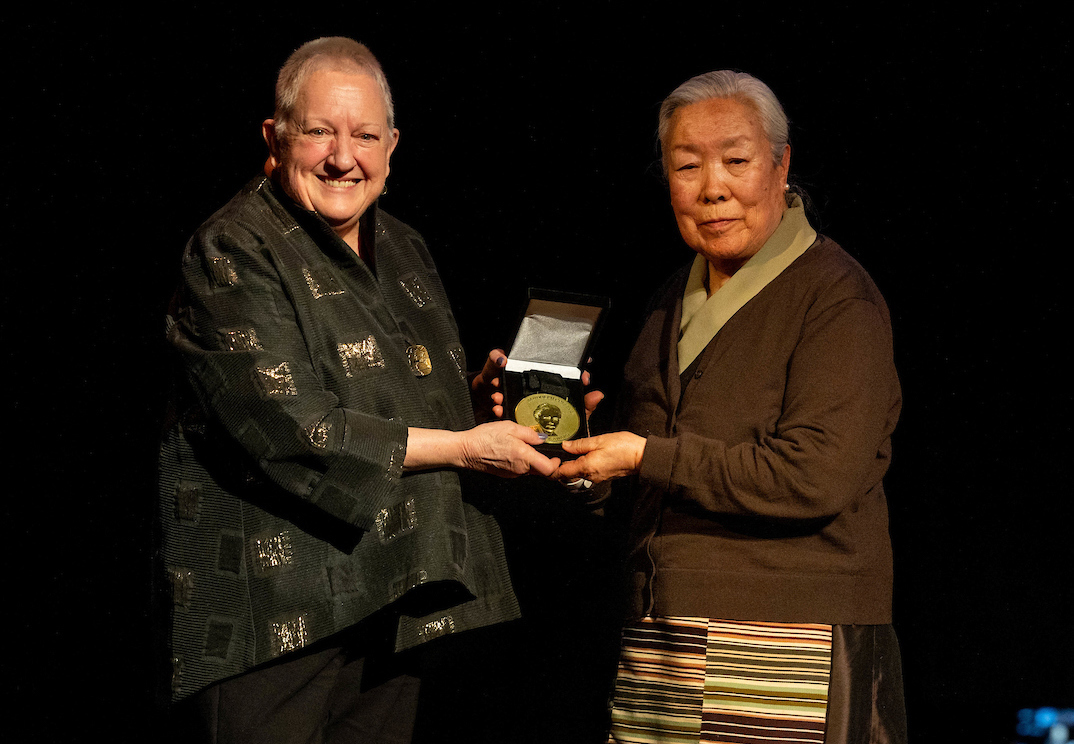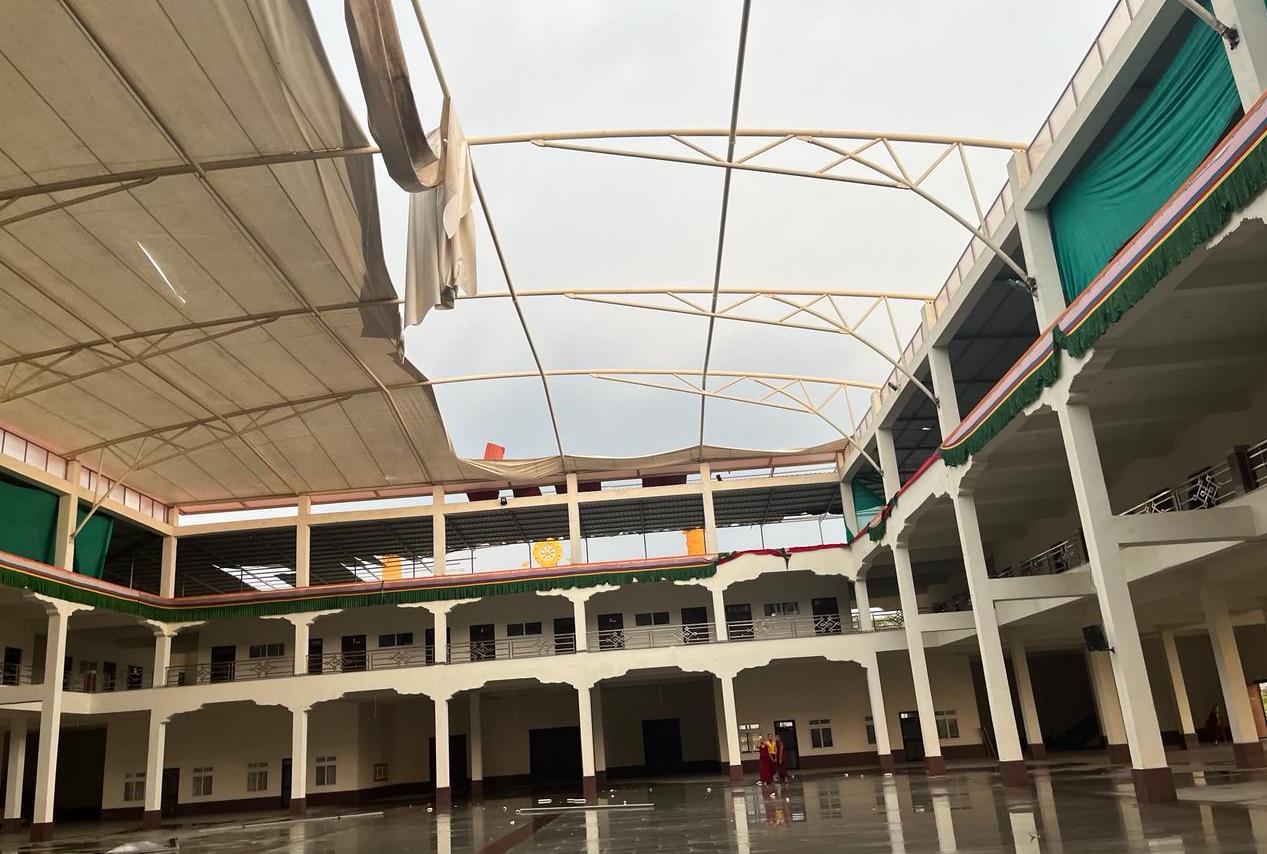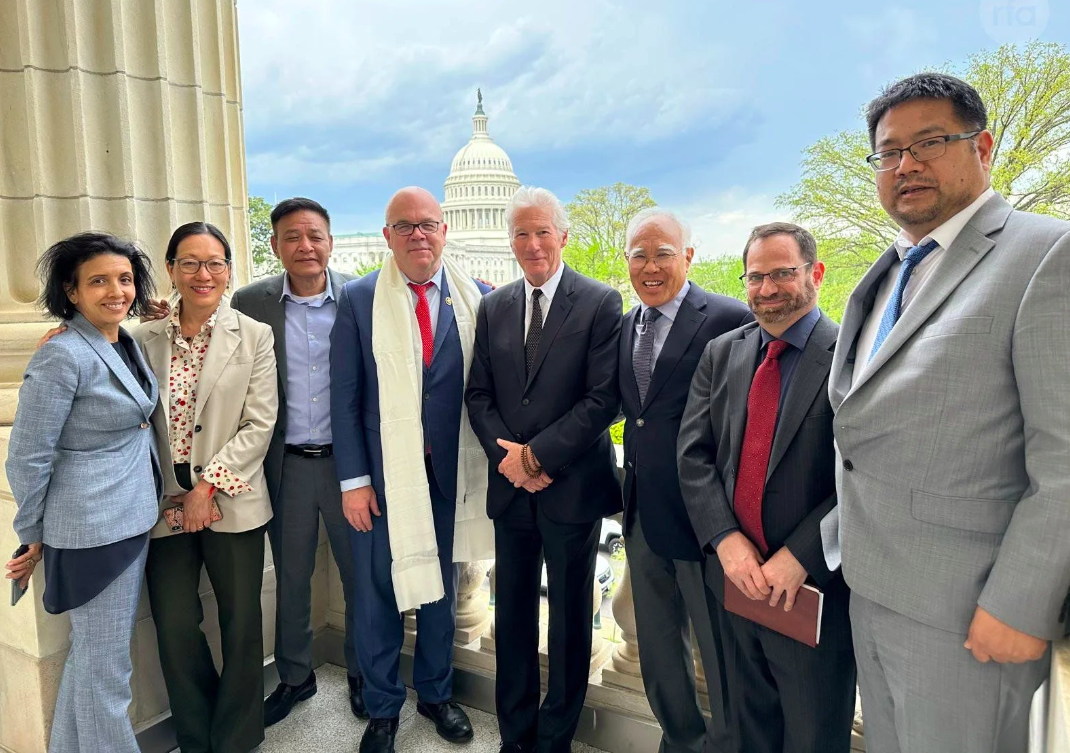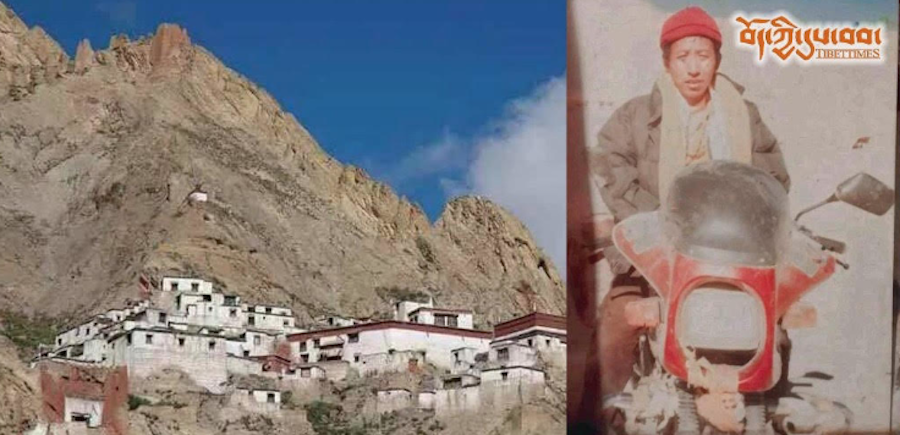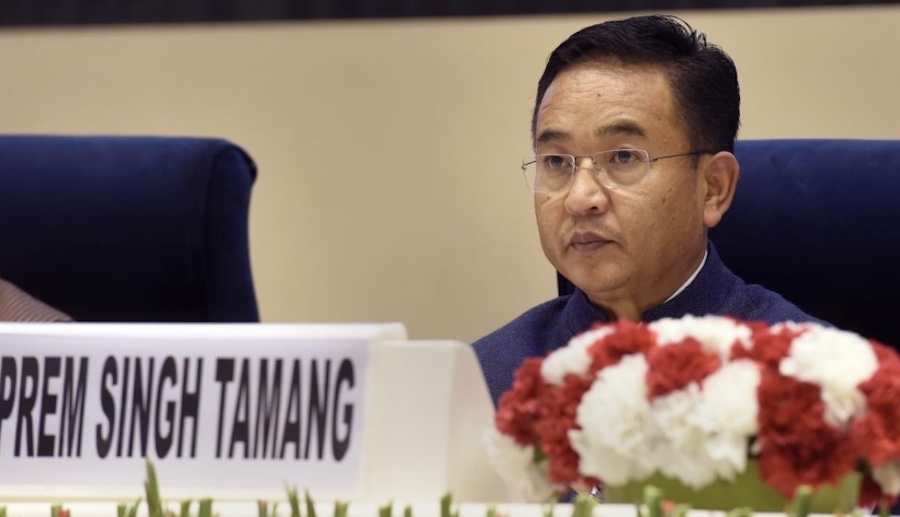By Christy Linna Lee
 It was an evening filled with the energy of free-spirited Tibetans who came from all over the country in solidarity to celebrate culture, discuss politics, elevate concerns, and shares their vision for the future of Tibet at Harvard University on Friday, December 2, 2011. It was an evening when the flame of passion for their nation was transferred from the hearts of Tibetans to the hearts of over two-hundred audience members gathered at Harvard as the voices of Tibetans – Lobsang Nyandak, Jigme Ugen, Tenzin Kunsel, Tenzin Gocha, Tsering Phuntsok, and the Tibetan Association of Boston (TAB) – amplified across the Atrium at the Northwest Science Center.
It was an evening filled with the energy of free-spirited Tibetans who came from all over the country in solidarity to celebrate culture, discuss politics, elevate concerns, and shares their vision for the future of Tibet at Harvard University on Friday, December 2, 2011. It was an evening when the flame of passion for their nation was transferred from the hearts of Tibetans to the hearts of over two-hundred audience members gathered at Harvard as the voices of Tibetans – Lobsang Nyandak, Jigme Ugen, Tenzin Kunsel, Tenzin Gocha, Tsering Phuntsok, and the Tibetan Association of Boston (TAB) – amplified across the Atrium at the Northwest Science Center.
“Introduction to Tibet”, the event produced and sponsored by Harvard Extension International Relations Club (HEIRC), came at a critical juncture. In the wake of a series of Tibetan self-immolations erupting as a protest against Chinese restrictions placed on Tibetan’s civil rights and religious freedom, the evening became a crucial opportunity to understand their grievances through the voices of the exile community. So far, thirteen Tibetans have immolated themselves in Tibet including two teenage monks who set themselves aflame near a monastery just in last October. These gruesome acts demonstrate the deep-seated injustice that Tibetans have felt over fifty-years of intense Chinese repression.
The evening opened with Tashi Sholpa – a ritual song and dance performed to welcome the audience – a mixture of Harvard students, local Tibetans, and out-of-state activists who came together to learn and advance Tibetan causes. As the youngsters from the TAB sang and danced in their traditional costumes, the reverberating sound of their song resonated the message of salutation and the gesture of their dance carried the display of greeting.
The presentation on the history of the peace-loving Buddhist nation followed. Lobsang Nyandak, the Representative of His Holiness the Dalai Lama to North America, traced the rough terrains of historical landscape on which the Tibetans have walked since the Chinese invasion in 1949 that marked the sojourn of the exile community, which amounts to over 145,000 people across the globe today. For decades, the Tibetans have suffered unspeakable anguish that came from mistreatment. And for decades, the Tibetans have remained relatively quiescent despite their religious and political freedoms taken away and thousands of lives lost. It was only recent that incidents as drastic as self-immolation have begun to take place.
It is hard to imagine, as Jigme Ugen, the second speaker and the Executive Vice President at SEIU Healthcare Minnesota and the former President of Regional Tibetan Youth Congress of Minnesota, inquired during his presentation, why the resilient resistance of the Tibetan people in Tibet had suddenly turned towards resorting to self-immolation as a political tool. “These self-immolations are a continuing form of non-violent political resistance against the Chinese rule in Tibet,” Ugen said. “These desperate acts are clearly to build attention and remind the Chinese government and the rest of the world that Tibetans are demanding independence,” he emphasised.
Ugen has been a staunch advocate for a free Tibet. His zeal to lead the movement for an independent Tibet had been instilled in him from a young age. He was born as a refugee at the foothills of the Himalayas in India, the country where the Tibetan exile government is located; after attending Delhi University, Ugen immigrated to the US and worked for the late Senator Paul Wellstone, advocating social justice. Recently, he called President Obama to action as he joined over a thousand Tibetans and supporters to gather in front of the White House to demonstrate their grievances against China.
Ugen’s presentation on current political realities of Tibet suggested, just as the Tashi Sholpa had quieted the audience, that it is now the world’s turn to hush and heed their ears to listen to the voice of Tibetans that for so long have been side-lined and silenced.
White scarves (khataks) were presented to the speakers and performers as the evening ended in a full circle. All those who came participated in a Circle Dance as a way to say farewell, and a Tibetan woman from the audience lifted her voice voluntarily and began singing the Tibetan national anthem. It was a symbolic way to end the evening of the event on Tibet. She demonstrated that every Tibetan has a voice that desired to be heard, a voice that sought freedom.
Christy Linna Lee is a Committee member, Harvard Extension International Relations Club
Article submitted by the Office of Tibet, New York.





